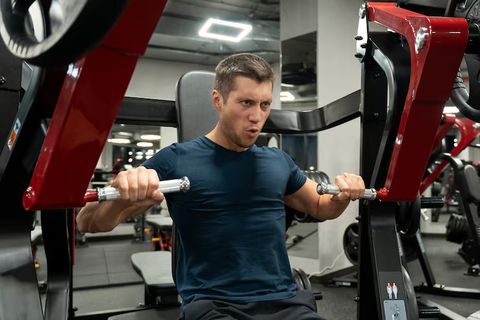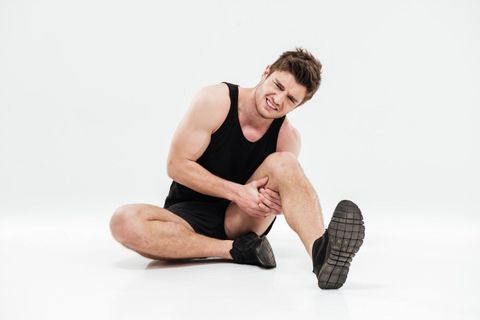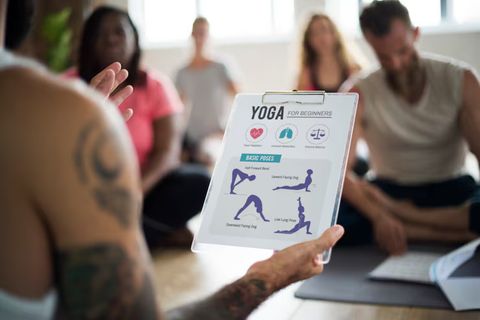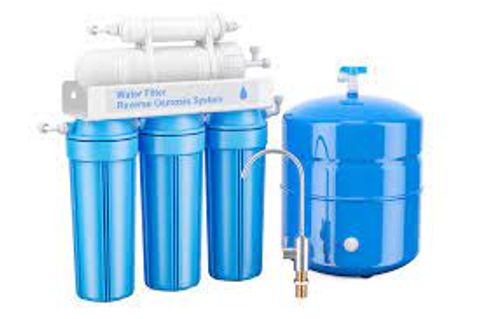With growing awareness of chronic stress, muscle fatigue, poor posture, and sedentary lifestyles, many individuals are turning to massage chairs not just for comfort but for their potential therapeutic benefits. Massage chairs now come with features like body scanning, heat therapy, zero-gravity recline, and customized programs targeted for specific pain areas—making them more than just relaxation devices.
Why Massage Chairs Are Increasingly Important Today
In today’s fast-paced, high-stress environment, physical and mental wellness are major concerns. Massage chairs serve an important role in the broader conversation about self-care, pain management, and preventive health.
Who Benefits the Most?
-
Office workers and remote employees: Sitting for long hours can lead to neck stiffness, lower back pain, and poor circulation. Massage chairs can help counteract these effects.
-
Older adults: With age, muscles and joints often become stiff. Massage chairs provide a non-invasive way to improve flexibility and comfort.
-
Athletes and fitness enthusiasts: Recovery is a critical part of any training routine. Massage chairs can help by reducing muscle tension and promoting blood flow.
-
People with chronic pain: Conditions like sciatica, arthritis, or fibromyalgia may be alleviated by regular massage therapy under appropriate medical supervision.
Key Problems Massage Chairs Address
| Problem | How Massage Chairs Help |
|---|---|
| Muscle tension and fatigue | Targeted rollers and kneading mechanisms release tightness |
| Poor circulation | Massage promotes blood flow, especially to extremities |
| Mental stress and anxiety | Deep tissue massage can trigger relaxation responses |
| Poor posture | Lumbar and neck support features encourage proper alignment |
| Sleep difficulties | Evening massage sessions can help with falling asleep |
What’s New in Massage Chair Technology
The massage chair industry has seen several innovations over the past year, driven by a focus on personalization, connectivity, and integration with wellness tech.
Recent Developments
-
AI-Powered Body Scanning: Some high-end models released in early 2025 can map the user’s body shape in real time and adjust massage intensity accordingly.
-
Smart App Integration: Chairs from brands like Osaki and Human Touch now feature mobile apps that allow users to create massage routines, track usage history, and even sync with sleep and fitness data.
-
Eco-Friendly Materials: Manufacturers are gradually shifting to sustainable faux leather and recyclable components in response to consumer demand for greener products.
-
Voice Control Features: Many new models now support voice assistants like Alexa or Google Assistant, enhancing convenience, especially for users with limited mobility.
-
Health Data Sync: Massage chairs can now link to smartwatches or fitness trackers to recommend massage sessions based on your activity level, heart rate, or stress patterns.
Regulatory Guidelines and Consumer Protection
Massage chairs are not categorized as medical devices in most countries, including the United States, Canada, India, and much of Europe. However, some guidelines and safety standards still apply.
Safety and Consumer Standards
-
Electrical Safety Regulations: All massage chairs must comply with national electrical safety standards like UL in the U.S., CE in Europe, and BIS in India.
-
Medical Device Claims: Manufacturers are prohibited from making unverified medical claims. Massage chairs can support wellness but should not be marketed as a substitute for clinical treatment.
-
Return and Warranty Policies: In regions like the EU, consumers benefit from a mandatory 14-day return window and a minimum 2-year warranty period on electronics.
-
FDA Listing in the U.S.: Some models are registered with the U.S. Food and Drug Administration as Class I wellness devices, which means they are recognized for general relaxation but not as therapeutic medical equipment.
Tip:
Always check if the massage chair has certifications like ETL, CE, RoHS, or FDA-listed before purchase.
Helpful Tools and Resources
Whether you're researching, using, or maintaining a massage chair, there are several useful tools and platforms to make the process smoother.
Recommended Websites and Services
-
PubMed – Search for peer-reviewed studies on massage therapy and chronic pain relief.
-
Mayo Clinic – Provides medically reviewed information about non-drug treatments for musculoskeletal issues.
-
Consumer Reports – Independent reviews and ratings for various massage chair brands and models.
-
YouTube Channels – Creators like “Massage Chair Expert” and “Relaxology” offer visual reviews and comparison guides.
-
Mobile Apps – Some chairs pair with apps like:
-
Osaki App (Android/iOS): Controls massage intensity and heat levels
-
Human Touch Wellness app: Custom scheduling and relaxation tips
-
Frequently Asked Questions (FAQs)
What are the health benefits of using a massage chair regularly?
Regular use of a massage chair can help reduce muscle tension, promote circulation, improve flexibility, lower stress levels, and potentially assist with better sleep. However, it is not a replacement for professional medical treatment.
Can massage chairs be harmful if overused?
Yes. Prolonged use—especially at high intensity—can lead to bruising or increased muscle soreness. Most experts recommend limiting sessions to 15–30 minutes per day, a few times per week.
Are massage chairs safe for people with medical conditions?
Massage chairs are generally safe for most users. However, individuals with conditions like osteoporosis, deep vein thrombosis, pregnancy, or spinal injuries should consult a healthcare professional before use.
Do insurance companies cover massage chairs?
Massage chairs are rarely covered by health insurance because they are considered luxury or wellness items, not medical necessities. In some cases, if prescribed by a physician for a documented condition, partial reimbursement may be available through flexible spending accounts (FSAs) or health savings accounts (HSAs) in countries like the U.S.
How do I maintain a massage chair for long-term use?
Basic maintenance includes:
-
Cleaning the upholstery regularly with a soft cloth
-
Checking for software updates if app-connected
-
Ensuring it is plugged into a surge-protected outlet
-
Avoiding overloading the chair beyond its weight capacity
Final Thoughts
Massage chairs have come a long way from simple vibrating seats to multifunctional wellness devices. With features tailored for relaxation, pain relief, and physical recovery, they are becoming increasingly integrated into everyday wellness routines. While not a substitute for medical care, they offer significant support for managing stress and chronic discomfort when used correctly.
As awareness grows and technology evolves, massage chairs are expected to play a more prominent role in at-home health management. Understanding their benefits, limitations, and best practices will help individuals make informed, safe, and effective use of these innovative tools.






